by Shervin Malekzadeh
Protests are on in Iran. As usual bad faith analysts and pop-up “experts” are eager to explain why the Islamic Republic is once again on its last legs and how the demise of the ayatollahs is imminent, all based on the single assumption that the regime is bad and the good people of Iran, young and mad as hell, are not going to take it anymore. It’s for real this time, the pundits assure us, just like it was the last time around.
At the risk of adding to the din, I would like to offer a pair of general observations about these ongoing demonstrations. The usual caveats and precautions apply: when we view events from our laptops and mobiles, we necessarily see them through a mirror darkly. It’s also the case that hindsight is 20/20 when it comes to broad based social and political transformation. We don’t know where these protests will lead or how and why they originated. Events have a way of accelerating in ways that defy expectations and plans, including those of movement leaders (see, for example, Ayatollah Khomeini circa 1978). Demonstrators themselves may not even know they are on a revolutionary path until it is too late.
What we do know, however, is that, for the past forty years, Iran has shown itself to be resistant to prediction, as well as cause and effect explanations. Its capacity to surprise, and embarrass experts remains undiminished. Anyone who tells you otherwise is either selling you a bill of goods, or a pitch for her next book.
On to the first observation. Protests in post-revolutionary Iran have historically been fueled by a desire to restore popular politics, not to overthrow the regime through revolution. The ethos of Do your job! is a more reliable barometer of events on the streets of Tabriz or Mashad than Off with their heads! (though many Iranians would no doubt be amenable to the latter, at least figuratively, if it ensured the former). This straightforward demand that the government fulfill its duty drives crowds both to the squares and ballot box. Current demands that the administration of President Hassan Rouhani improve the economy and provide for the general welfare of all Iranians should, as such, be seen for what they are: an effort by the electorate to hold its elected officials accountable for promises made during political campaigning, all of which is hardly compatible with a desire to smash the state.
“Protests of this kind are not necessarily a call for revolution,” Iran analyst Esfandyar Batmanghelidj offered this past Friday in an especially thoughtful post on Twitter. “They can also be heard [as] a pleading cry that the prospect of revolution should not be necessary to gain the attention [of] neither the government, nor international actors.”
Shame is a powerful tactic for convincing authorities to do their jobs; the citizen who wields it in the public square is embarrassed for the political class who leaves her no other choice. That shame should matter at all brings us to the second observation, which is an extension of the first: We underestimate how deeply its own ideology compromises the Islamic Republic. It should be unsurprising that a state ostensibly committed to the mobilization of self-reliant and righteous men and women, forever vigilant in the struggle against injustice around the world, should find its citizens demanding the same commitment at home to the injustices taking place in their own backyard.
Put more pointedly, the crowds in Mashad, Qazvin, and Isfahan are not protesting despite their system of government, or even necessarily against it, but because of it. The political grammar, social awareness, and desire for government accountability developed in Iran under the Islamic banner. As New York University Professor Arang Keshavarzian pointed out on Twitter this morning, direct action by Iranian citizens is hardly new or limited to a few months in 2009 or this week’s protests. If we were to include the everyday demonstrations by “teachers, industrial workers, against private banks and for environmental issues,” then we would be well beyond the four days of protest seen thus far.
The notion that civil action and protests are an extension and consequence of nearly forty years of political development and state formation under clerical rule in Iran will be, I suspect, difficult to accept for many readers. It is true the arrests of political prisoners, the obscene obsession with modesty and “proper” dress in public spaces, the never-ending vigilance of religious authorities over the private lives of citizens, have rendered political Islam an imposition for countless Iranians rather than a source of spiritual or political growth.
But focusing solely on the pathologies of the system misunderstands the pragmatic relationship many Iranians have with their government, and how their daily interactions with the state, contentious or otherwise, shape the existing political framework. Iran at the end of 2017 should not be seen as a rejection of 1979, but as its latter-day expression, made from below, objectionable to the state precisely because it is so familiar.
This expression of political dissent is not, as of yet, an all-or-nothing proposition. That some assume it must be no doubt says more about them than it does about Iran. I can think of no other country where the outbreak of protests instantly leads observers to reach for their revolutionary theory and hyperbole. Most galling of all has been the obsequious statements of solidarity by political opportunists and their overseas allies, the same politicians who would deny refuge to the Iranian asylum seeker and ailing grandmother alike.
We would all do well to lower the stakes and volume of our conversations, to stop projecting our own hopes and agendas onto the lives of Iranians bravely facing down the authorities, and to instead listen and offer them the gift of our silence.
Republished, with permission, from Muftah.

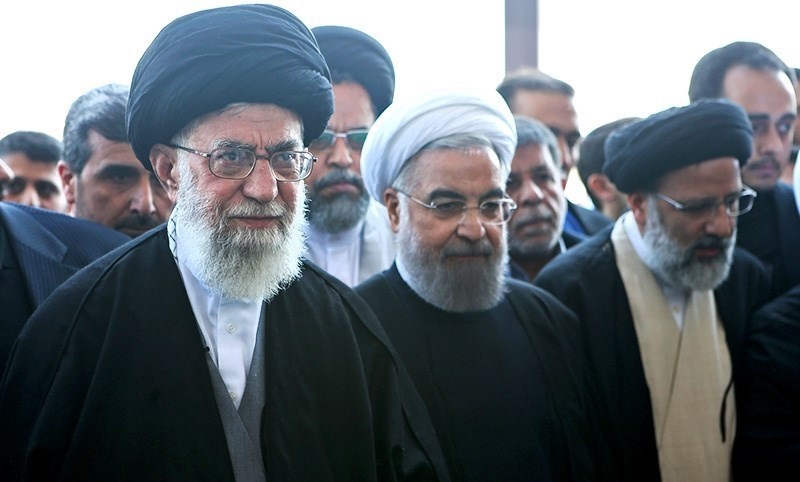
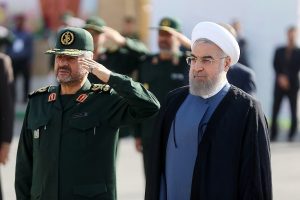
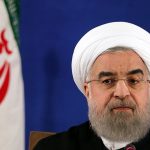
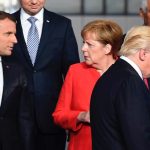
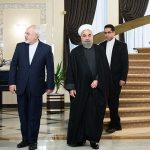
Thanks Mr Malekzadeh. As you’re implying rushing to judgement is never cool or right!
However, I still believe that this kind of protest is self induced by the IRI regime as it’s been repeated consistently in every decade since its inception nearly 4 decades ago! The last few major protests in Iran were for the purpose of identifying regime’s hidden opposition leader(s), arresting them and putting them away for years until they either repent or killed in jails! Once again it’s too early to know the outcome of this protest but certainly time will tell!
As an amateur student of Persian behavior for a few years, Malekzadeh’s analysis makes a lot of sense to me.
Put it this way: Iranians are acting toward their government in a similar fashion to how Iran has acted toward its US “masters” for many years. And that is, we don’t accept your paternal administration of our affairs unconditionally. We expect some recognition of our own sovereign rights. (Reminds me of the US anarchist Edward Abbey: “No man is wise enough to be another man’s master. Each man’s as good as the next — if not a damn sight better.”)
The Supreme Leader has put it in terms that resonate with Malekzadeh’s analysis–
“Our movement has motivated the world of Islamic and today we can see the signs in North Africa, in the Middle East and in all countries. This is what they are angry about. The Islamic Republic is the focus. . .Putting the people in charge of the economy is among the requirements of an economy of resistance…Certain things have already been done, but it is necessary to make more efforts. It is necessary to strengthen the private sector. “